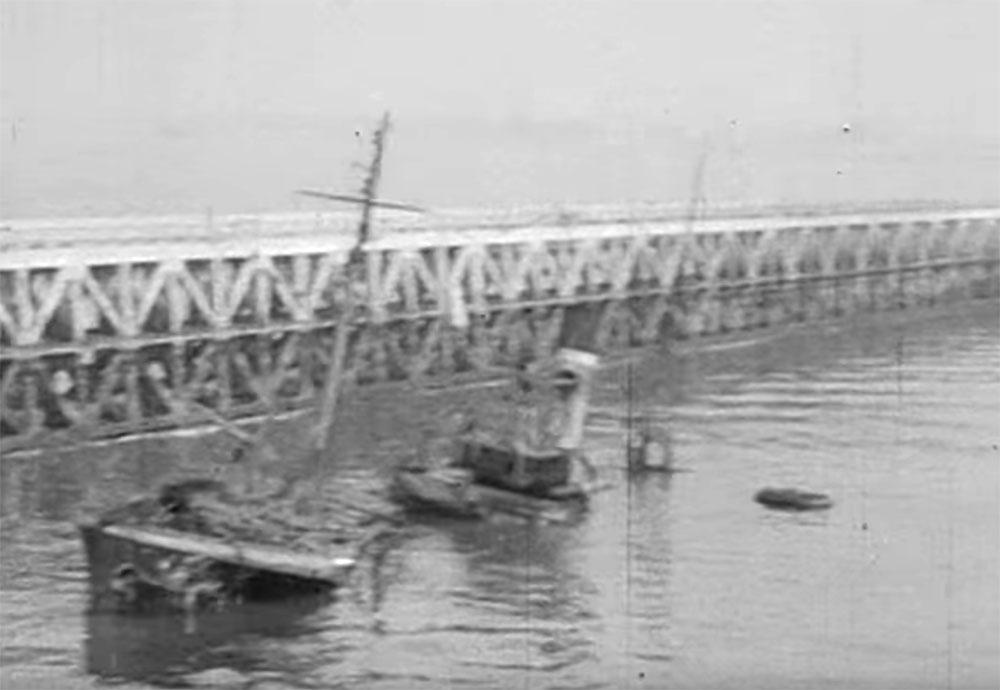
 HMS WHITEHALL
HMS WHITEHALL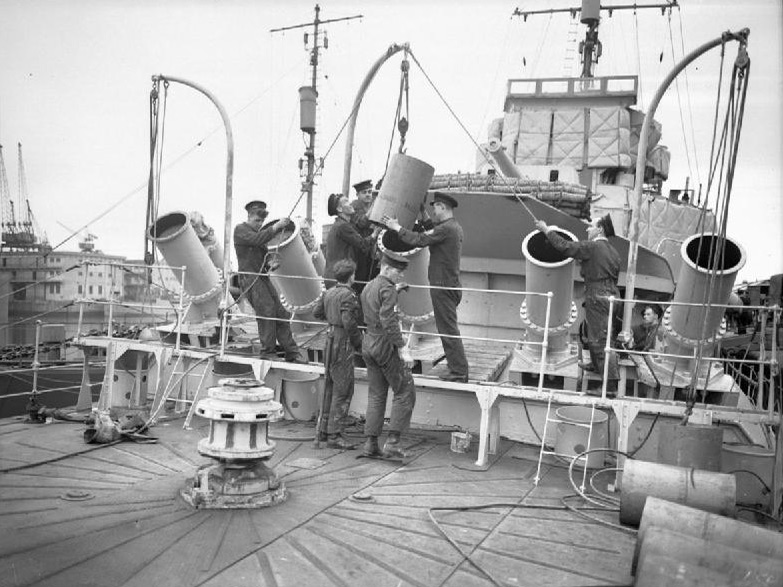
| Cdr Charles A. Fremantle, RN (28
May 1917 – 20 March, 1919) Lt Cdr Henry E. Horan, 23 March, RN (1924 – 9 August, 1924) Lt Cdr Frederick A. P. Foster, 9 August, RN (1924 – 1 April, 1926) Lt Cdr Samuel A. Brooks, RN (1 April, 1926 - Lt Cdr Robert H. D. Lane, RN (9 April, 1928 - 6 May 1930) Lt Cdr RN Frederick R. G. Maunsell, RN (23 October, 1931 - Lt Cdr Godfrey N. Brewer, RN (February, 1933 - Lt Cdr John M. Rodgers, RN (17 December, 1934 - |
Lt.Cdr. Archibald Boyd Russell, RN (31 Jul 1939 - early 1942) Lt.Cdr. Robert Sydney Stafford, RN (7 Jul 1942 - 8 Oct 1942) Cdr. Charles Leigh de Hauteville Bell, RD, RNR (8 Oct 1942 - 1 Nov 1943) Lt.Cdr. Patrick James Cowell, DSC, RN (1 Nov 1943 - 21 Oct 1944) Lt. John Monroe, RN (21 Oct 1944 - mid 1945) |
| Lt Surg. J.G. Brown RNVR (23 Jan 1940 - Lt A.D.P. Campbell RN (31 July 1939 - Gunner(T) S.W.H. Cousins RN (24 July 1939 - Lt E.B. Davies RN (27 July 1945 - Lt(E) D.C. Duggan RNR (6 April 1944 - Sub Lt. J.W. Endicott RN (31 July 1939 - Sub Lt E. Evans RNVR (22 July 1942 - Lt Surg G.C. Foster-Smith RNVR (16 Aug 1943 - Lt Dennis G.D. Hall-Wright RN (April - June 1938) |
Lt Philip Roderick Hall RN (8 Jan 1940 -) Sub Lt F.K. Longworth (22 Juky 1942 - Cd Eng. S.G.S. Morrell RN (18 July 1938 - Sub Lt R.M.J. O'Connor RNZNVR (9 Aug 1943 - Lt Donald W. Radcliffe RN ( 22 August - Oct 1944) Mid H.F.G. Sheppard RNR (26 Jan 1940 - Gunner(T) W.T. Simms RN (28 Feb 1943 - Lt R.H. Wade RNVR (8 April 1943 - Sub Lt (E) F.D. Wolever RCNVR (16 Sept 1943 - |
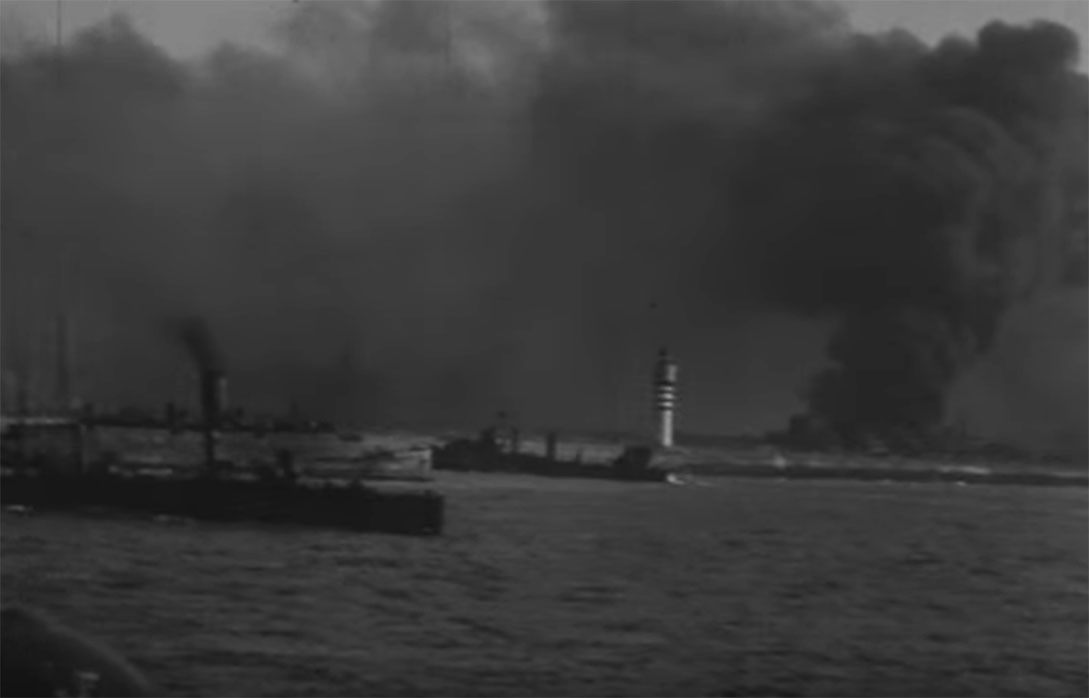
 Reel 1 (total length 11 mins 23 secs):
Reel 1 (total length 11 mins 23 secs): 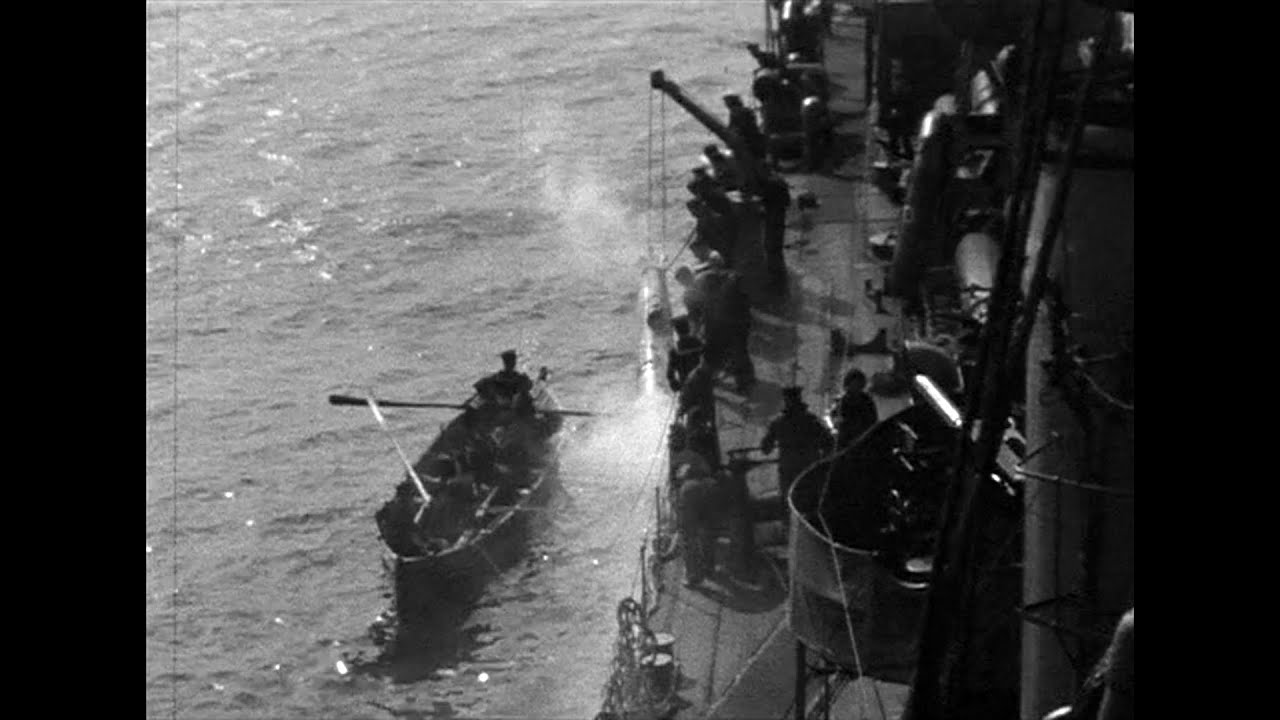
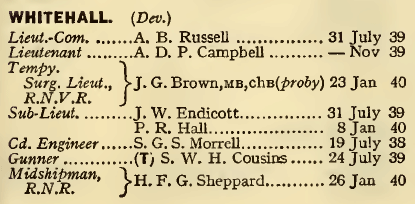
| 29 May Sailed Plymouth 0700/29 May
Arrived Dover 1900/29 |
| 30 May 0130/30 to Dunkirk by Route X, arr 0510. Embarked 600 troops and survivors from King Orry
0550/30 to Dover by Route X, arr 0950. 1120 to Dunkirk by Route Z, arr 1350. Princes Maud, about 2 miles astern was heavily engaged by shore batteries ofr bombing. At 1415 entered Dunkirk Harbour, and embarked 800 troops. Returned Dover by Route X, arr 1900. Fuelled. |
| 31 May 0025/31 to Dunkirk with Venomous by Route Z, arr 0300. En route fouled sunken wreckage between No 13 and No 14 Buoys.
0330 SNO Dunkirk ordered Whitehall into harbour, but unable to comply as fouled Stbd screw put Stbd engine out of action, making manoeuvring too risky. At 0415 Stbd screw cleared itself and entered harbour. Embarked 1300 troops and returned to Dover via Route X, arr 0815/31. Little bombing was seen but Dunkirk was under artillery fire. 0950 to Dunkirk via Route X, arr 1250. 1315 stood by Impulsive aground on wreck off N 10 E Buoy. Impulsive cleared at 1400, and Whitehall proceeded to Bray. There were ample destroyers there and at La Panne so proceeded to Dunkirk at 1530. SNO ordered Whitehall to wait, and she meanwhile embarked 12 French troops by Whaler. Bombing was intermittent throughout the afternoon. 1710 40 – 50 Stukas overhead. 1717 attacks on Whitehall and Ivanhoe waiting outside with delayed action bombs. A near miss 30 yards on the Stbd Bow burst abeam, putting the Asdic and range finder out of action. 1830 entered harbour and berthed alongside Winchelsea. Armed Yacht Grive (Hon G I Lambton) came alongside. Two minesweepers, Venomous and drifters were berthed on wall to seaward of Whitehall. During embarkation at 1910 Dive Bombers and Fighters appeared in the Northeast. Whitehall ordered Grive to slip and Wnchelsea to follow Whitehall out. Grive left followed by Venomous, Whitehall (going astern) and Winchelsea. Grive stopped just outside and Venomous just managed to avoid her. Grive went ahead and although Whitehall stopped engines, she could not check the ship’s way as Winchelsea was following, Grive collided with Whitehall’s Port quarter. The after superstructure was damaged and the side was holed in the vicinity of the Wardroom and Provision room. The enemy bombers were engaged by all guns, and Whitehall’s after group shot one down. Venomous and Grive left the roads at full speed. Whitehall reentered harbour at 2000 and embarked 700 troops, returning to Dover via Route X at 0045/1. |
| 1 June After fuelling and embarking High Angle ammunition Whitehall sailed for Dunkirk at 0830/1, via Route Y on advice of Windsor.
At 1223 the ship was at Michaliel Kerke Bay. Sighted Baselisk aground off Bray, and embarked her ship’s company by boats and Carley Floats, apart from those in a whaler and French drifter which could not be reached due to depth of water. At 1310 Whitehall set Baselisk on fire by gunnery and fired four torpedoes, one of which is believed to have hit. Under intermittent fire from a small calibre shore gun. After consultation with CO Baselisk, sailed for Dover at 1340, arriving 1740. Continued to Plymouth with Baselisk survivors, arriving 1115/2. |
